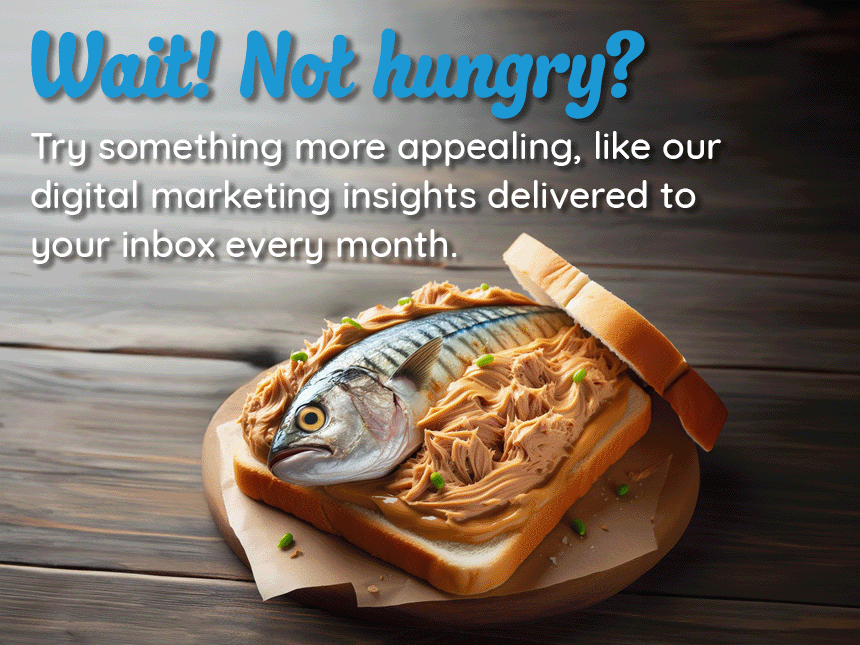Ecommerce PPC: Proven Strategies & Best Practices for Success
Running ads is easy. Running profitable ads for your online store? That’s where strategy comes in. A smart ecommerce PPC strategy can drive the right traffic, boost conversions, and keep your brand top of mind, without torching your ad budget.
PPC in ecommerce is more than just bidding on keywords. It’s about building tightly focused campaigns, writing click-worthy copy, and sending shoppers to landing pages that actually convert.
In this guide, we’ll unpack the key elements of a high-performing PPC campaign, from keywords targeting to optimization tips, and share proven PPC ecommerce best practices to help you scale with confidence.
What is PPC in Ecommerce?
PPC in ecommerce is a digital advertising model where businesses pay each time someone clicks on their ad. For online stores, digital advertising campaigns are used to drive traffic to product pages, boost visibility, and ultimately convert visitors into customers.
Digital advertising for ecommerce often involves platforms like Google Ads, Microsoft Ads, and social media platforms such as Meta (Facebook/Instagram) and TikTok. Google Shopping Ads, in particular, are a powerful tool that connects shoppers directly with your products.
Proven Strategies for Ecommerce PPC Success
1. Landing Page Optimization
Your PPC ad is only as good as the landing page it leads to. If your landing page doesn’t convert visitors into buyers, even the best ads will fail to deliver results. Some elements of a successful landing page include:
- Focus on Relevance: Ensure the landing page matches the intent of your ad. If someone clicks on an ad for a specific product, they should land on that product page—not a generic category page.
- Streamline the User Experience: Use fast-loading pages, mobile-friendly designs, and intuitive navigation to reduce bounce rates.
- Compelling Calls-to-Action (CTAs): Use action-oriented language like “Add to Cart” or “Shop Now” to guide users toward a purchase.
- Trust Signals: Incorporate reviews, testimonials, and secure payment badges to build trust and confidence.
2. Keyword Research and Ad Copy Creation
Keyword research is the foundation of any online advertising strategy. By targeting the right search terms, you can ensure your ads are reaching users ready to purchase.
- Focus on Purchase Intent: Prioritize high-intent keywords like “buy,” “discount,” or “best [product].” These signal a shopper is ready to make a purchase.
- Long-Tail Keywords: Include specific long-tail keywords, such as “women’s waterproof hiking boots,” to target niche audiences and reduce competition.
- Ad Copy Best Practices:
- Highlight unique selling points (USPs), such as free shipping, fast delivery, or exclusive discounts.
- Incorporate urgency with phrases like “Limited Time Offer” or “Ends Soon.”
- Use dynamic keyword insertion to make ads more personalized and relevant.
3. Leverage Google Shopping Ads
A solid Google Shopping Ads strategy is essential for ecommerce businesses because they showcase your products directly in search results with images, pricing, and reviews.
- Optimize Product Feeds: Ensure your product titles, descriptions, and images are clear, accurate, and optimized with relevant keywords.
- Segment Product Campaigns: Group similar products into campaigns with specific goals and budgets. For example, create separate campaigns for high-margin items versus clearance items.
- Focus on Bidding Strategies: Use Google’s Smart Bidding for high-performing products, but closely monitor and manually adjust bids for lower-performing ones.
4. Implement Remarketing Strategies
Remarketing is crucial for recovering lost sales and enhancing your overall PPC strategy.
- Dynamic Remarketing Ads: Show visitors the exact products they viewed to encourage them to return and complete their purchase.
- Custom Audiences: Create segments based on user behavior, such as abandoned carts or category browsing.
- Incentives: Use discounts or free shipping offers in remarketing ads to entice users back to your site.
5. Audience Targeting for Better ROI
Audience targeting helps refine who sees your ads, ensuring your budget is spent on the most relevant users.
- In-Market Audiences: Target users actively searching for products similar to yours.
- Demographics and Interests: Adjust bids for specific demographics (e.g., age, gender, income) or interests that align with your audience.
- Lookalike Audiences: Use platforms like Facebook and Google to create audiences similar to your current customers.
6. Bidding Optimization
Getting the most out of your paid advertising budget requires a strategic approach to bidding.
- Smart Bidding: Use Google’s automated bidding strategies, such as Target ROAS (Return on Ad Spend) or Target CPA (Cost Per Acquisition), to optimize performance based on your goals.
- Manual Adjustments: For products or campaigns with unique goals, monitor performance closely and adjust bids manually for top-performing keywords.
- Dayparting: Analyze performance by time of day and day of the week, then schedule your ads to run during peak times.
7. Enhance Ads with Extensions
Ad extensions improve visibility, provide additional information, and increase click-through rates.
- Sitelink Extensions: Highlight additional pages, such as best-sellers or clearance items.
- Callout Extensions: Showcase key benefits like “Free Shipping” or “24/7 Customer Support.”
- Review Extensions: Include customer ratings and reviews to build trust.
8. Drive Sales with Product Bundles and Promotions
Bundling products or offering discounts can help increase average order value.
- Create Bundles: Advertise complementary products together, such as a camera and accessories.
- Highlight Discounts: Use promotional extensions to showcase limited-time discounts and offers directly in your ads.
- Seasonal Campaigns: Run campaigns around holidays or seasonal trends to attract more buyers.
9. Test Everything with A/B Testing
Ongoing testing keeps your ecommerce PPC strategy sharp.
- Ad Copy: Test different headlines, descriptions, and CTAs to find what resonates best with your audience.
- Landing Pages: Experiment with layout, imagery, and messaging to identify which design converts best.
- Bidding Strategies: Compare automated bidding to manual bidding to see which approach delivers better ROI.
PPC Ecommerce Best Practices
Use these tried-and-true tips to refine your digital advertising strategy and boost your campaign performance:
- Set Clear Goals: Define measurable KPIs, such as ROAS, conversion rates, and cost per acquisition (CPA).
- Optimize for Mobile: Ensure your ads and landing pages are mobile-friendly, as most ecommerce traffic comes from mobile devices.
- Monitor Competitors: Keep an eye on competitor ad strategies and adjust your campaigns to stay competitive.
- Regularly Review Data: Use analytics tools to identify underperforming keywords, ads, or campaigns and optimize accordingly.
Strategies That Work
A successful digital advertising strategy requires a mix of technical expertise, data analysis, and creative thinking. By combining targeted audience segmentation, high-quality ad copy, and optimized landing pages, you can achieve measurable results and grow your online store.
Whether you’re new to paid search or looking to refine your current approach, these best practices will help you maximize your ad spend and drive meaningful growth.
If you need help building or managing your ecommerce PPC campaigns, contact Arc Intermedia. Our team of experts specializes in creating data-driven campaigns that deliver real results for online retailers.



